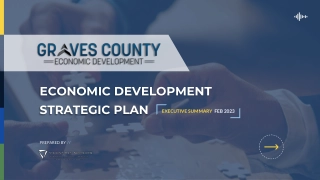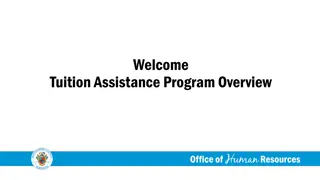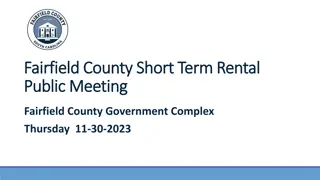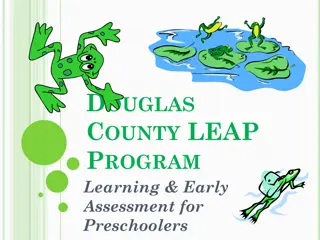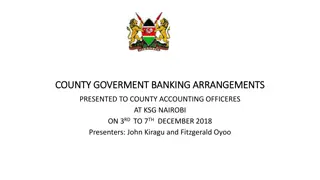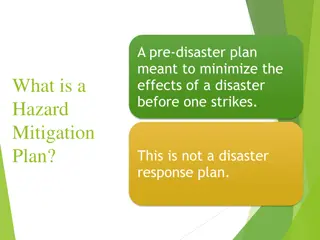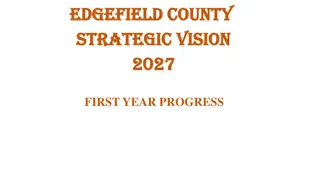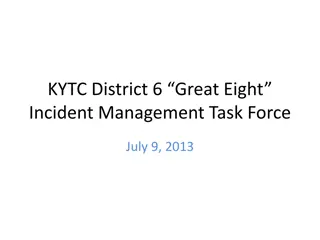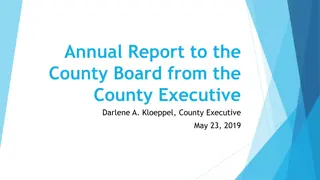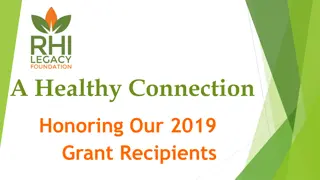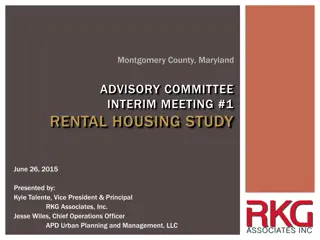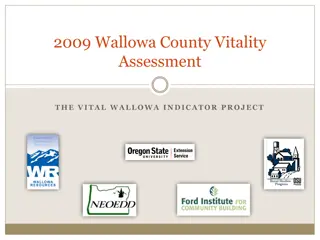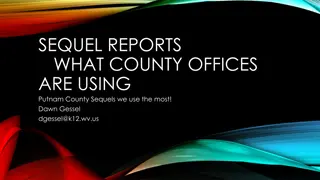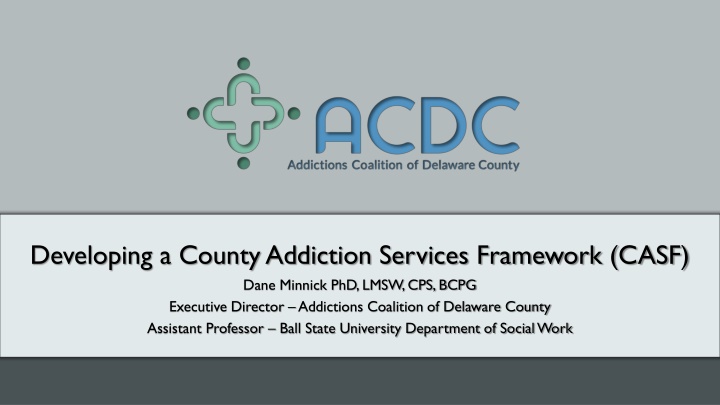
Developing a County Addiction Services Framework by Dane Minnick, PhD
"Explore the County Addiction Services Framework (CASF) by Dane Minnick, PhD, designed to organize county addiction services and respond to addiction crises. Learn about its objectives, principles, and how it aims to enhance substance misuse services at the county level."
Uploaded on | 4 Views
Download Presentation

Please find below an Image/Link to download the presentation.
The content on the website is provided AS IS for your information and personal use only. It may not be sold, licensed, or shared on other websites without obtaining consent from the author. If you encounter any issues during the download, it is possible that the publisher has removed the file from their server.
You are allowed to download the files provided on this website for personal or commercial use, subject to the condition that they are used lawfully. All files are the property of their respective owners.
The content on the website is provided AS IS for your information and personal use only. It may not be sold, licensed, or shared on other websites without obtaining consent from the author.
E N D
Presentation Transcript
Developing a County Addiction Services Framework (CASF) Dane Minnick PhD, LMSW, CPS, BCPG Executive Director Addictions Coalition of Delaware County Assistant Professor Ball State University Department of Social Work
CASF Model Universal County Services Agenda Indicated County Services Questions & Discussion
County Addiction Services Framework 1. The CASF is intended to be a tool for organizing and developing county addictions services and identifying and responding to county addiction crises. i. Evidence-Based Service Checklist ii. Evidence-Based Blueprint for Crisis Assessment & Response CASF
The four objectives of the CASF are to: 1. Establish county universal service availability standards for substance misuse. i. Universal Framework Components CASF
2. Establish county substance misuse crisis thresholds and provide a playbook for addressing identified crises. Indicated Framework Components i. CASF
3. Establish an evaluation measure for assessing individual counties substance misuse service capacities and outcomes. Enhance and inform state funding opportunities, directives, regulations, and laws pertaining to substance misuse. 4. CASF
Seven Foundational Principles 1. The continuum of care for substance misuse requires a complex set of services to be established to meet all the needs of local communities. 2. Many key county stakeholders and gatekeepers lack knowledge of county substance use trends. Framework Epistemology
3. Many key county stakeholders and gatekeepers lack knowledge of evidence-based practices or how to effectively address substance misuse problems. Some key county stakeholders are opposed to implementing certain kinds of evidence-based interventions. 4. Framework Epistemology
5. Frameworks are a critical tool for addressing community substance misuse issues (SPF). Checklists are ideal and practical tools for organizing county services and explaining complex service needs to key stakeholders and gatekeepers. Checklists can be used as evaluation tools for counties and frameworks. 6. 7. Framework Epistemology
1. 2. 3. 4. 5. 6. 7. 8. Assessment Prevention Treatment Harm-Reduction Recovery Crisis Additional Services Cultural Responsiveness Universal Service Components
1. Assessment Youth Risk Behavior Survey - Response rate per county Indiana College Substance Use Survey or ACHA - Response rate per university iii. County Reporting System* i. ii. Universal Service Components
2. Prevention Elementary School Programming Middle School Programming iii. High School Programming - Handle with Care Program - 1 Universal EBPP - 1 Indicated EBPP a. % of schools with programming - Universal substance use screenings* i. ii. Universal Service Components * Middle and High Schools
3. Treatment In-patient Psychiatric In-patient iii. Out-patient iv. Residential v. Detox i. ii. Universal Service Components
4. Harm-Reduction Harm-Reduction Centers Syringe Service Programs iii. Free Naloxone Distribution Points i. ii. Universal Service Components
5. Recovery Support Groups Recovery Centers Crisis 24-Hour Crisis Hotline Community Mobile Crisis Units iii. Community Crisis Centers i. ii. 6. i. ii. Universal Service Components
7. Additional Services Service Navigation Hotline/Office Social Worker Law Enforcement Partnerships iii. CIT Program i. ii. Universal Service Components
8. Cultural Responsiveness Disparities in substance misuse service availability and population outcomes.* - Treatment Admissions - Overdoses i. Universal Service Components
Indicators County Prevalence Rates: 1. Specific Substances i. Thresholds 2. Public Health Consequences i. Overdoses ii. Infectious disease iii. DWI Indicated Service Components
Universal 1. County comparisons using service availability outcome measures as predictors and SEOW substance misuse and public health consequence data as CASF outcome measures. CASF Evaluation
Universal & Indicated 1. Case studies using SEOW substance misuse and public health consequence data as CASF outcome measures in counties where components of the CASF are implemented. CASF Evaluation
Covariates 1. SES i. ii. iii. 2. Extreme poverty 3. Crime 4. Homelessness Education Income Unemployment* CASF Analysis
1. Are there existing frameworks for counties? Does DMHA already have a checklist? Which framework components are already mandatory in the state? Recommendations for outcomes measures, indicators, and covariates? Would this be beneficial for counties and the state? Would developing this framework be beneficial for the SEOW? Next steps? Other comments? 2. 3. 4. 5. 6. Questions & Discussion 7. 8.

